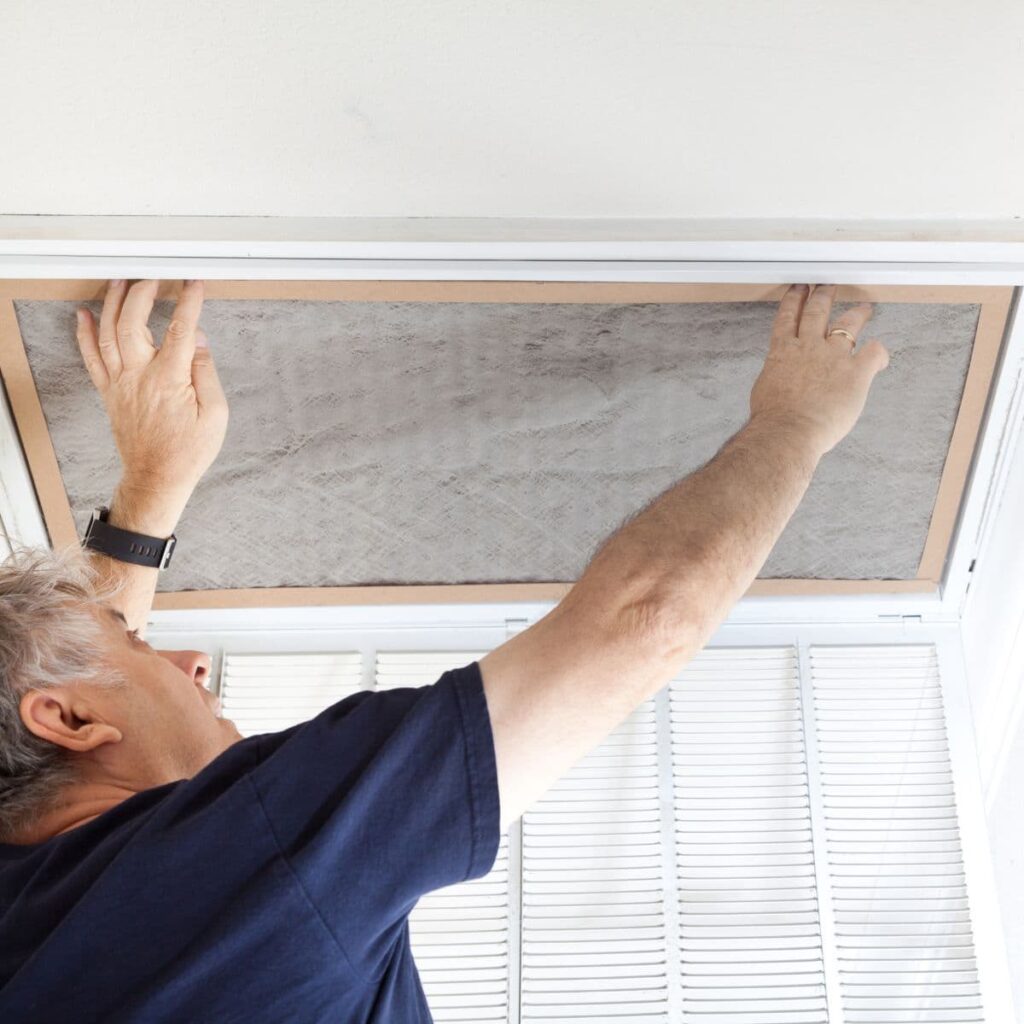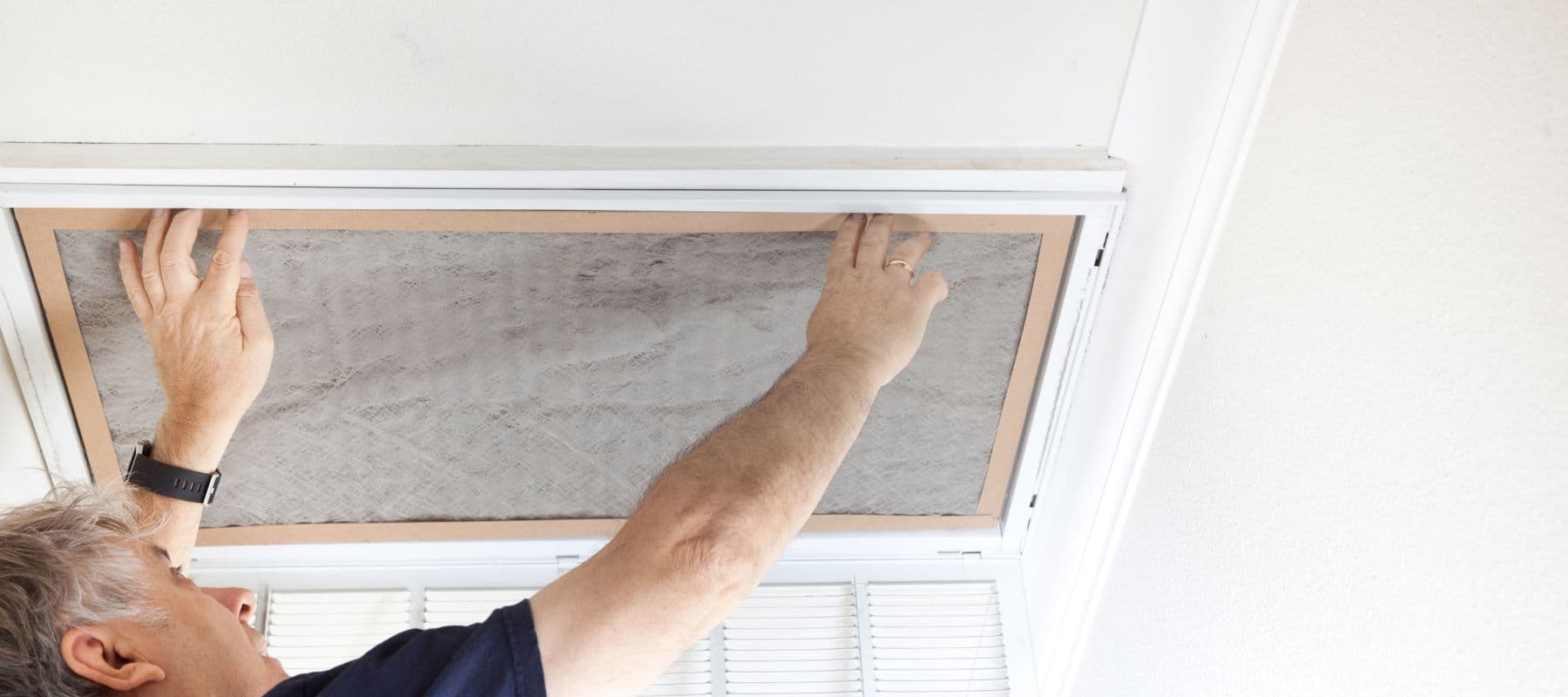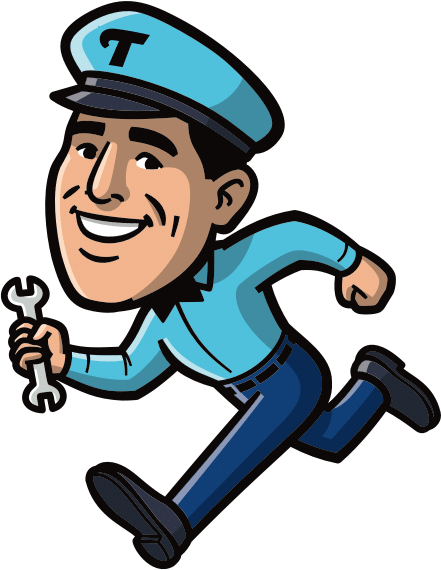Improve Your Indoor Air Quality
We all know that a clean home is important. While a little bit of clutter doesn’t hurt anyone, it’s common knowledge that ignoring the chores for too long can eventually create a situation that can negatively impact your health.
One aspect of home cleaning that’s often overlooked is the quality of the air inside your home. While it might be easy to assume that indoor air is naturally clean, this couldn’t be further from the truth. In fact, the quality of your indoor air can make your life harder without you knowing it.
If you want to make sure that the air inside your home is always clean and you have access to the best indoor air quality solutions possible, look no further than the team here at Thayer Air Conditioning.

What Is IAQ?
IAQ stands for “indoor air quality” and refers to the number of suspended particulates present in the indoor air. Your IAQ is important to maintain because being exposed to unhealthy air can lead to several negative consequences, including:
- Increased respiratory issues
- Chronic allergy symptoms
- Poor sleep quality
- Decreased overall lung function
While most of the extreme symptoms only happen after prolonged exposure, breathing poor indoor air is never a good thing. That’s why it’s so important to take steps to ensure that the air inside your home is clean.
Main Contributors To Poor IAQ
Poor indoor air quality is a pervasive issue that affects homes, workplaces and public spaces alike, impacting the well-being and comfort of those indoors. Our team has organized this list of the most common causes of poor IAQ.
Bad Ventilation
With any indoor area, it’s very important to maintain a constant exchange between stale air and fresh. Without adequate ventilation points to provide this exchange, it’s incredibly easy for your air to become stagnant and filled with particulates you’d rather not have in your lungs.
Ventilation is vital for maintaining good indoor air quality, particularly in places where contaminants are likely to be produced, such as cooking areas and heat sources.
Biological Contaminants
Biological contaminants refer to the microscopic byproducts of living or once-living organisms. In regards to IAQ, it generally references the spores released by mold and mildew.
The best way to prevent this type of contamination is by addressing the areas where it’s likely to start. Try to keep areas that are prone to excessive moisture or humidity clean and dry.
Poorly Maintained HVAC Systems
While a good HVAC system can work hard to help keep your indoor air fresh and clean, poorly maintained systems are one of the largest contributors to poor air quality.
Between inadequate filtration and dirty ductwork, there are many components of an HVAC system that can contribute to poor indoor air quality if not properly maintained.
Less-Than-Ideal Cleaning Habits
Particularly if you live in a dusty environment, regular dusting and vacuuming are key to maintaining breathable air inside your home.
Even spots you may not consider — like your curtains and drapes — should be regularly cleaned to prevent them from becoming vectors for dust and dirt that’s ready to be knocked into the air at the slightest bump.
Your Pet’s Effect On IAQ
Unfortunately, our furry friends can be some of the most significant contributors to poor indoor air quality. Depending on the type of pet and breed, some animals tend to shed massive amounts of fur and dander which can be picked up by the air and cause major issues for people with allergies and respiratory problems.
The best way to help our furry friends is by being diligent about brushing their coats and treating them to regular grooming. Your lungs will thank you and your pets probably won’t mind either.
What Allergens Are Most Common In New Braunfels?
In New Braunfels, allergens are a year-round concern thanks to the region’s warm climate and unique landscape. One of the most notorious culprits is mountain cedar, which causes severe cedar fever in winter months.
Spring brings a surge of oak, ash and elm pollen, while summer and fall often stir up ragweed and mold spores — especially after rain. Pet dander and dust mites are other examples of common indoor allergens that can build up in homes without proper filtration. At Thayer Air Conditioning, we help local families breathe easier with IAQ solutions.
Reach Out To Thayer Air Conditioning Today!
For the highest quality IAQ services in New Braunfels, call the professionals at Thayer Air Conditioning today! From actionable advice that promotes clean air to the installation of whole-home air purifiers, we have everything you need to ensure that the air inside your home is as healthy as possible.
More Air Conditioning
AC Maintenance
A little TLC for Your air conditioner goes a long way!
AC Repair
When your AC fails, we always prevail with quick repairs!
AC Replacement
AC installation has never been easier than with Thayer!
Blown-In Insulation
Increase efficiency and reduce energy bills with insulation!
Commercial AC
It's our business to keep your business comfortable!
Duct Repair
Seal the deal with air duct repairs you can count on!
Duct Replacement
Start from scratch with a brand-new air duct!
Ductless AC
Get your ducts in a row — consider ductless cooling!
Smart Thermostats
Work smarter instead of harder with Thayer!







